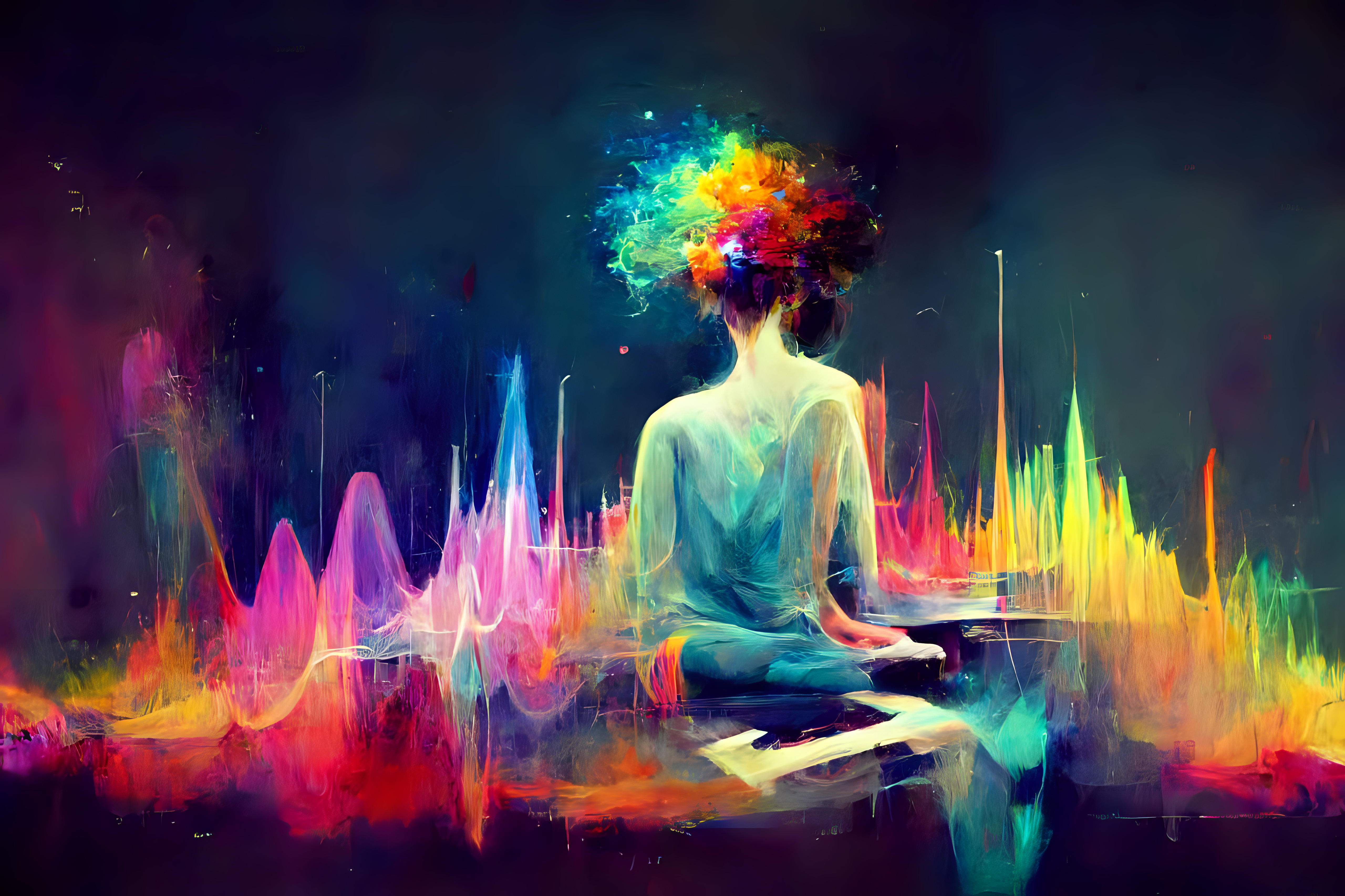
Vocabulary
I will read the words, meanings, and sample sentences. Then, repeat after me.
- sensory /SEN-suh-ree/
- humiliation /hyoo-mil-ee-EY-shuhn/
- prevalent /PREV-uh-luhnt/
- arise /uh-RAHYZ/
- notion /NOH-shuhn/
[adjective] – connected with the physical senses of touch, smell, taste, hearing, and sight
In this illness, both motor and sensory skills are compromised.
[noun] – the feeling of being ashamed or losing respect for yourself, or an occasion when you have this feeling
She suffered the humiliation of having to resign.
[adjective] – existing very commonly or happening often
Winter is when flu cases are most prevalent.
[verb] – to happen
If an emergency arises, dial this number.
[noun] – a belief or idea
I had a notion that she was originally from Finland.
Article reading
Please read the whole article. Then, I will check your pronunciation and intonation.
Some people can hear colors, smell flavors, or perceive shapes depending on the temperature. Let’s find out more about this unique sensory phenomenon: synaesthesia.
Many artists have replicated their own synaesthetic experiences in the past, including Pharrell Williams, Wassily Kandinsky, and Vincent van Gogh. The condition is not commonly known, and many synesthetes fear humiliation for their uncommon skill. On the origins of synesthesia, scholars could only make conjectures until recently. According to studies, “colorful hearing”, which involves hearing noises, music, or speech as colors, is the most prevalent type of synesthesia. The majority of synesthetes claim that they visualize these noises in “the mind’s eye.” Studies have shown that synesthetic perception arises unintentionally and obstructs regular perception. One synesthete reported that even in the absence of actual numbers, the color feelings connected to them could still be evoked. A synesthete was provided by the researchers with straightforward addition problems, like “5 + 2.” Their research demonstrated that resolving this arithmetic problem activated the notion of 7, causing the synesthete to notice the color related to that number. The study of the few people who experience synesthesia is only a small portion of psychologists’ interest in the phenomenon. “Synesthesia may help us understand how the concept of similarity is embedded within the nervous system,” says Yale University psychologist Larry Marks, Ph.D.
Josefa (Pepa) Salas Vilar is an artist with synaesthesia who perceives colors and motion in written words, noises, and numbers. “I think of synaesthesia as an intensity enhancer,” she says. “I am a piece of a puzzle, and art is like finding my puzzle.”
Many artists have replicated their own synaesthetic experiences in the past, including Pharrell Williams, Wassily Kandinsky, and Vincent van Gogh. The condition is not commonly known, and many synesthetes fear humiliation for their uncommon skill. On the origins of synesthesia, scholars could only make conjectures until recently. According to studies, “colorful hearing”, which involves hearing noises, music, or speech as colors, is the most prevalent type of synesthesia. The majority of synesthetes claim that they visualize these noises in “the mind’s eye.” Studies have shown that synesthetic perception arises unintentionally and obstructs regular perception. One synesthete reported that even in the absence of actual numbers, the color feelings connected to them could still be evoked. A synesthete was provided by the researchers with straightforward addition problems, like “5 + 2.” Their research demonstrated that resolving this arithmetic problem activated the notion of 7, causing the synesthete to notice the color related to that number. The study of the few people who experience synesthesia is only a small portion of psychologists’ interest in the phenomenon. “Synesthesia may help us understand how the concept of similarity is embedded within the nervous system,” says Yale University psychologist Larry Marks, Ph.D.
Josefa (Pepa) Salas Vilar is an artist with synaesthesia who perceives colors and motion in written words, noises, and numbers. “I think of synaesthesia as an intensity enhancer,” she says. “I am a piece of a puzzle, and art is like finding my puzzle.”
Discussion Questions
I will read each question. Then, please answer them.
- Which of the five senses is most important to you? Why?
- What flavors do you like and dislike? Please explain why.
- If you had to describe your hometown by its smell, what would you say?
- Do you agree that synesthesia can help us understand our senses more?
- What is your opinion on artists with synaesthesia?
Summarization
Please summarize the whole article using your own words and expressions. You will have one minute to prepare before you answer.
Describe
Please explain the definition of each word listed below based on your understanding. You can provide example sentences if needed.
- perceive
- replicate
- visualize
- obstruct
- embed